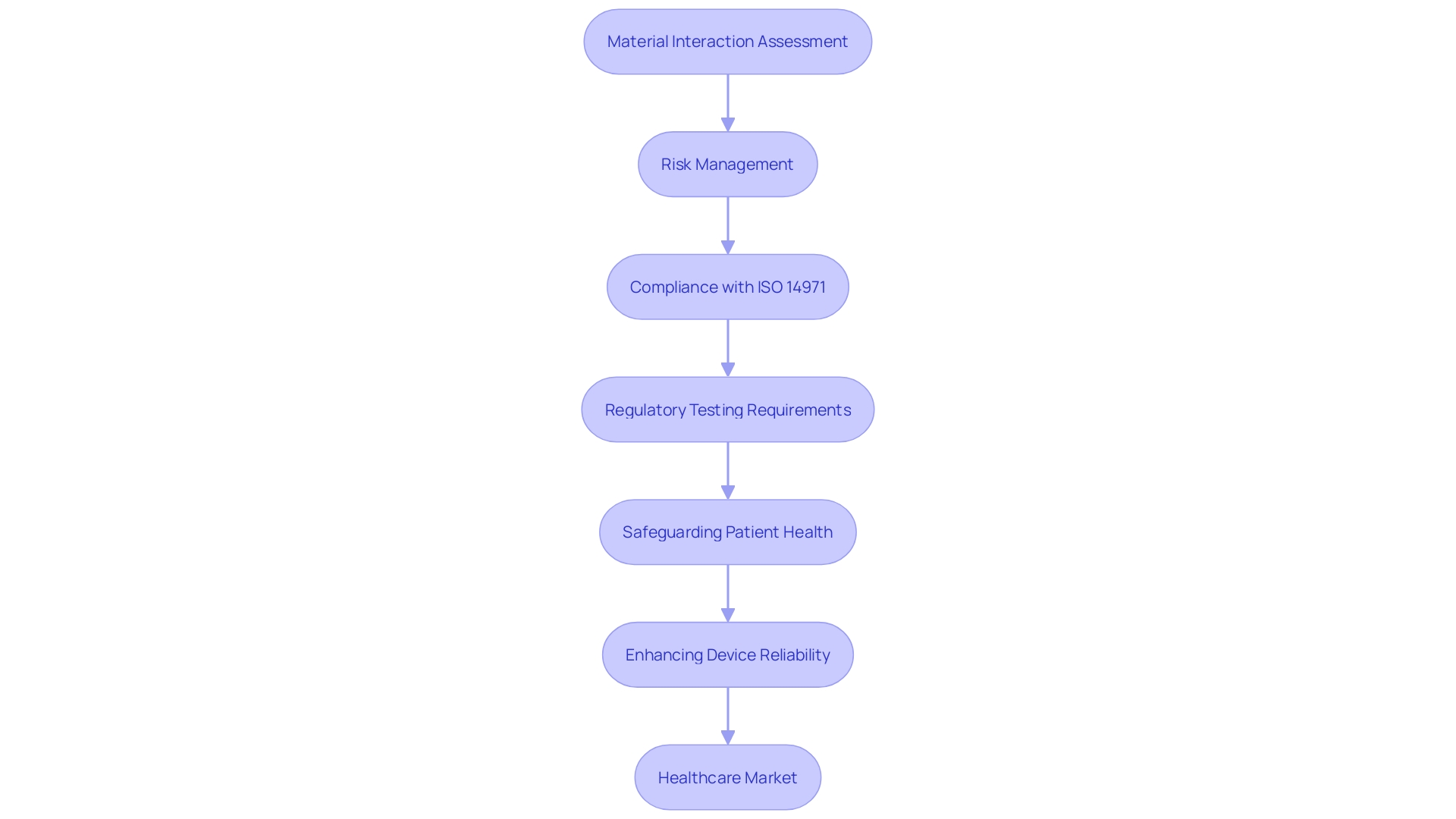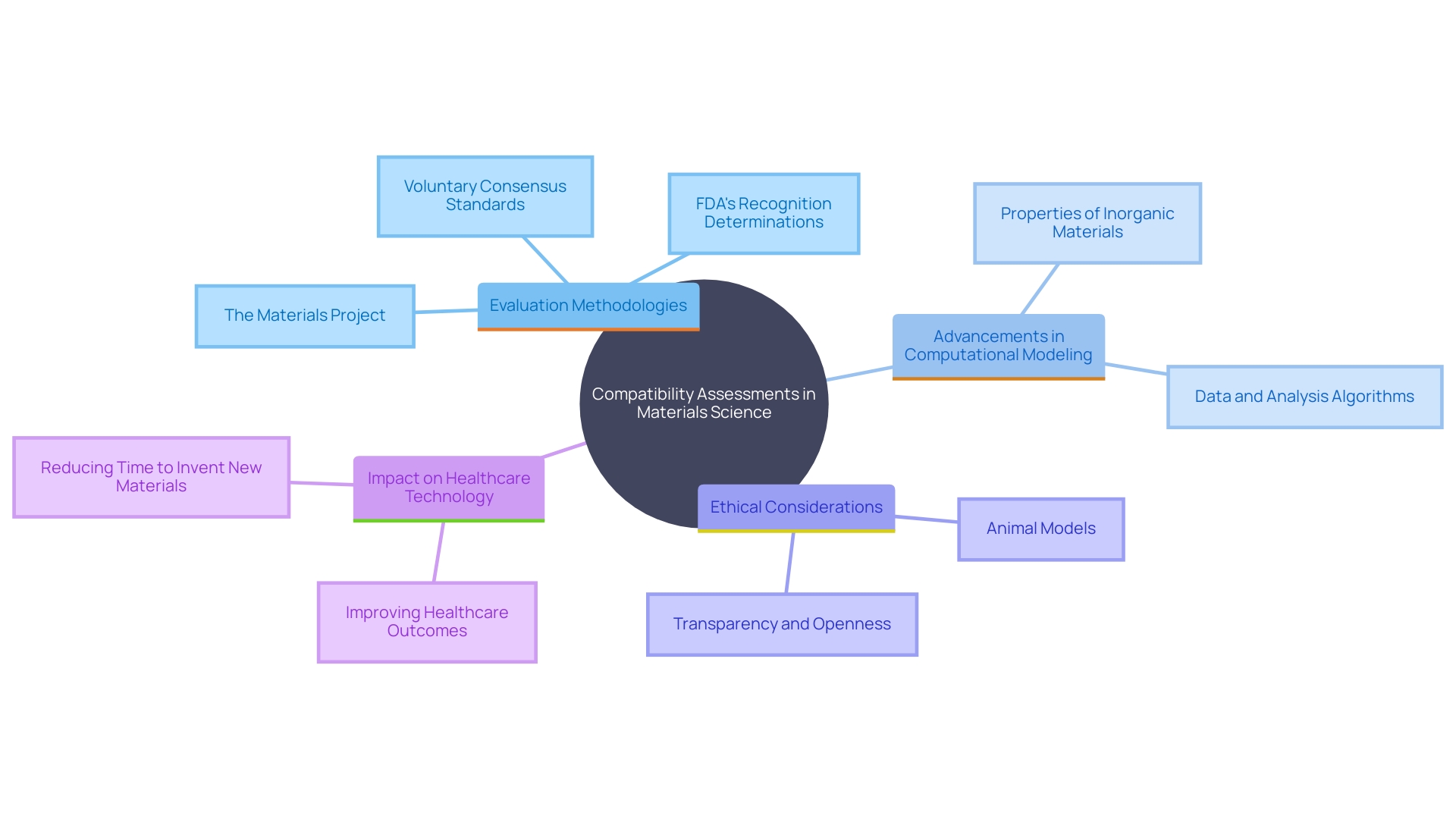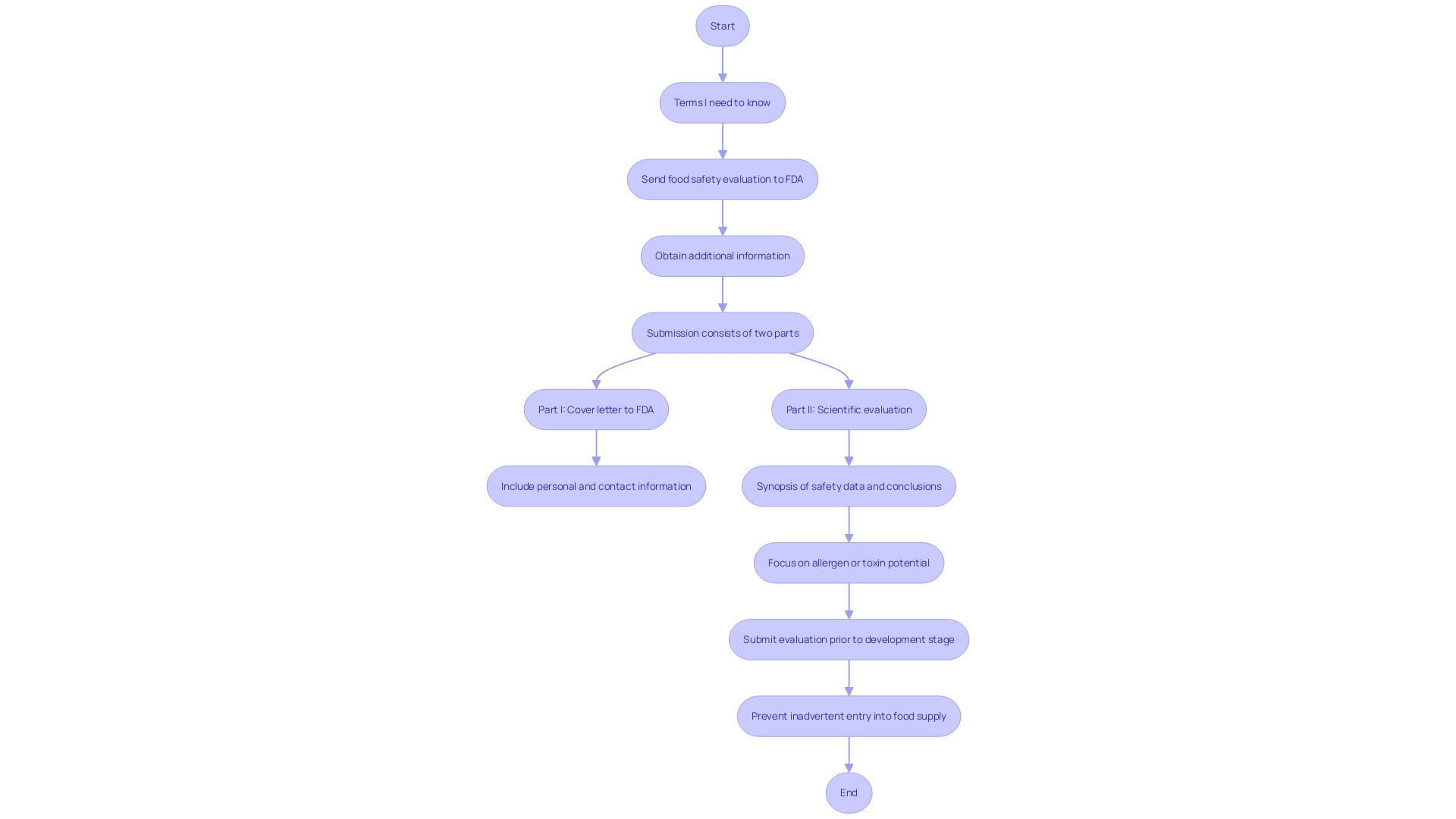Introduction
Ensuring the safety and efficacy of medical devices is paramount in the healthcare industry, and biocompatibility testing stands at the forefront of this endeavor. This critical process evaluates how materials interact with biological systems, identifying potential adverse reactions and ensuring that devices are safe for human use. Regulatory bodies mandate these tests to mitigate risks associated with foreign materials in the human body, fostering trust in medical advancements and aligning with rigorous conformity assessments dictated by consensus standards.
By confirming biocompatibility, patient health is safeguarded, device reliability is enhanced, and market acceptance is bolstered.
The ISO 10993 standards provide a structured approach to biocompatibility testing, encompassing a comprehensive array of tests to assess biological responses such as cytotoxicity, sensitization, and irritation. Compliance with these standards is essential for regulatory approvals globally, ensuring that medical devices adhere to international safety benchmarks. This article delves into the importance of biocompatibility testing, the key standards and tests involved, the challenges faced, and future directions in the field, providing a thorough understanding of the processes that underpin the safety and efficacy of medical devices.
The Importance of Biocompatibility Testing in Medical Devices
Biocompatibility evaluation serves a crucial function in guaranteeing the safety and effectiveness of medical tools developed for human application. This assessment evaluates how materials interact with biological systems, identifying potential adverse reactions. By verifying compatibility with living organisms, patient health is safeguarded, device reliability is enhanced, and the market acceptance of these innovations is bolstered.
Regulatory bodies mandate biocompatibility testing to mitigate risks associated with foreign materials in the human body. 'This process is crucial in establishing trust in healthcare advancements, as it aligns with the rigorous conformity assessments dictated by consensus standards.'. As Bijan Elahi notes, thorough risk management and compliance with standards like ISO 14971 are essential in the medical equipment industry.
Biocompatibility assessment for items, such as respiratory products, involves a comprehensive risk evaluation framework. This includes physical testing for particulate matter, which could impact respiratory and cardiovascular health. Ensuring visibility into the materials used in equipment is not just beneficial but necessary for regulatory compliance and risk management.
'The worldwide aspect of the healthcare equipment market poses extra difficulties.'. Companies must navigate varying regulations across different regions, often opting for worldwide regulatory compliance to simplify market entry and reduce administrative burdens. This comprehensive method aids in preserving trust and dependability in healthcare instruments, ultimately leading to better patient results.

Overview of the ISO 10993 Standards for Biocompatibility Testing
The ISO 10993 standards are crucial in the assessment of compatibility for healthcare tools, providing a systematic method to guarantee patient safety. These standards encompass a comprehensive array of tests to assess biological responses such as cytotoxicity, sensitization, and irritation. The guidelines are carefully customized to the particular instrument and its intended medical application, which fosters a uniform method across various producers, thus improving consistency and dependability in compatibility evaluations.
Compliance with ISO 10993 is not merely a procedural formality but a critical requirement for regulatory approvals across various regions globally. This compliance ensures that medical equipment adheres to international safety benchmarks, facilitating their market entry and acceptance. As regulatory landscapes evolve, understanding and adhering to these standards become imperative for manufacturers aiming to maintain market relevance and meet the rigorous demands of regulatory bodies.
The significance of ISO 10993 is further emphasized by its role in addressing the potential risks related to interactions with biological systems. These risks extend beyond chemical toxicity and include physical characteristics such as geometry and surface properties. The FDA, for instance, advises monitoring changes in manufacturing and processing parameters since these can significantly impact biocompatibility. Leveraging data from previous experiences and published literature can provide valuable insights into potential risks, ensuring a robust evaluation process.
In the dynamic realm of healthcare instruments, the ISO 10993 standards act as a foundation for guaranteeing that products are safe and effective for their intended application, strengthening the dedication to patient safety and regulatory adherence.
Key Biocompatibility Tests: Cytotoxicity, Irritation, and Sensitisation
'Cytotoxicity tests play a crucial role in assessing the potential harmful effects of healthcare product materials on cellular well-being, utilizing cultured cell systems to evaluate cell viability and function.'. Irritation tests, on the other hand, are designed to determine whether materials can provoke localized inflammatory reactions upon contact with biological tissues. Sensitization tests further evaluate the potential for materials to cause allergic responses, an essential factor in ensuring patient compatibility and safety.
'These compatibility evaluations are essential in the healthcare product assessment process, enabling producers to recognize and mitigate possible risks prior to clinical use.'. A comprehensive understanding of how materials interact with biological systems guides necessary adjustments and innovations, ultimately enhancing patient safety and device efficacy. As stated in a GlobalData report, progress in medical technology, like the expanding 3D printing industry, highlights the significance of thorough compatibility evaluations. Ensuring compliance with evolving regulatory standards is paramount for market approval and patient safety, as highlighted by industry experts.
Challenges and Future Directions in Biocompatibility Testing
Despite adherence to established standards, compatibility assessments continue to face challenges, including variability in evaluation methodologies and interpretation of results. Progress in materials science requires continuous revisions to evaluation protocols to ensure they stay pertinent. Recent advancements in computational modeling and laboratory assessments provide encouraging paths to simplify compatibility evaluations, potentially decreasing dependence on animal models and tackling ethical issues. For instance, such models can provide a more comprehensive understanding of cellular interactions, which traditional 2D cell cultures often fail to capture. This development seeks to improve the efficiency and effectiveness of compatibility evaluations, ultimately resulting in safer healthcare items. According to Medtronic, continuous innovation in healthcare technology is essential to tackling the most challenging health problems, aligning with the industry's mission to alleviate pain, restore health, and extend life. As we progress, incorporating these advanced approaches in compatibility assessment not only guarantees improved results but also highlights a dedication to ethical and impactful medical research.

Case Study: Applying Biocompatibility Testing Standards in Practice
In a recent case study, a company creating an innovative cardiovascular tool carried out extensive compatibility assessments following ISO 10993 standards. These tests included cytotoxicity and sensitization evaluations, which are crucial for assessing the potential adverse effects on human tissues. The results confirmed acceptable biocompatibility, paving the way for a successful regulatory submission. 'This situation emphasizes the essential role of following standardized testing protocols, as highlighted by Bijan Elahi, an experienced professional in risk management, who stresses the significance of comprehensive risk evaluation and adherence to regulatory guidelines.'. Rigorous conformity assessment, as defined by the FDA, ensures that medical devices meet all safety and effectiveness criteria, thereby facilitating innovation and standardization in the MedTech industry.

Conclusion
Ensuring the safety and efficacy of medical devices through biocompatibility testing is an essential component of modern healthcare. This process not only identifies potential adverse reactions but also reinforces patient trust and device reliability. Regulatory bodies emphasize the significance of these tests, aligning them with rigorous standards such as ISO 10993, which provides a structured framework for assessing the biological responses of materials used in medical devices.
The comprehensive evaluation of biocompatibility encompasses critical tests for cytotoxicity, irritation, and sensitization. These assessments are vital for identifying potential hazards before clinical application, thereby enhancing patient safety and device effectiveness. As the medical device landscape continues to evolve, manufacturers must remain vigilant in adhering to international safety benchmarks and adapting to regulatory changes.
Challenges such as variability in testing methodologies and the need for updated protocols persist in the field of biocompatibility testing. However, advancements in computational modeling and in vitro testing present promising solutions that could lead to more efficient and ethical evaluations. The integration of these innovative approaches not only aims to reduce reliance on traditional methods but also highlights a commitment to improving patient outcomes in medical technology.
In summary, biocompatibility testing stands as a cornerstone of medical device development, ensuring that innovations meet stringent safety criteria. As the industry progresses, maintaining compliance with established standards while embracing new methodologies will be crucial for fostering trust and ensuring the well-being of patients globally.




